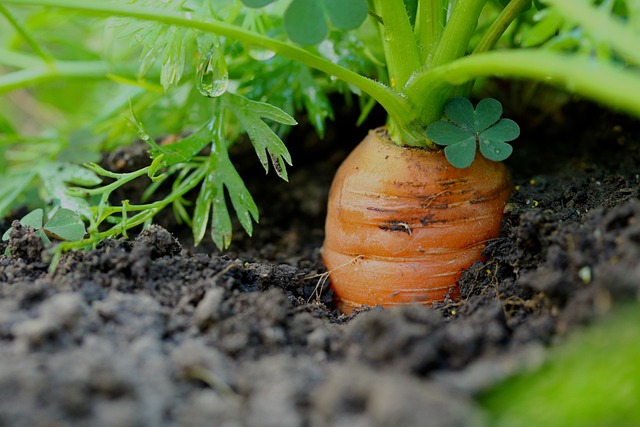This article is cited by James Suckling, Angela Druckman, Richard Small (managing director and founder of Inspro), Franjo Cecelja and Madeleine Bussemaker.
Abstract: The human food supply chain is placing great strain upon the environment. This is compounded by the creation of wastes at all points along the supply chain. Yet many of these “wastes” are instead surplus foodstuffs that may yet have the potential to be used. Recapturing the value in these surplus foodstuffs is essential in reducing environmental impact of the food supply chain. Insect bioconversion of such surplus foodstuffs back into animal feed is one promising way of doing this. In this study an optimization-based decision support tool is developed to inform bioconversion businesses what locations to source surplus foodstuffs from, where to locate processing facilities and what business model to pursue. A case study business is presented, which utilizes Hermetia illucens (black soldier fly larvae, BSFL) in small bioconversion units which have flexible location options, i.e. close to individual sources of surplus foodstuffs. Spent brewer’s grains (SBG) are used as a case study surplus foodstuff. The quantities and locations of SBG are identified within the South East UK. Three business models are evaluated, one using the live BSFL to feed local poultry and two based upon dried BSFL-meal used in aquaculture feeds. The live BSFL business model is shown to be most viable at present with the best margins, and greatest resilience to model perturbations. The novelty of this study is the application of optimization understand the reality of how insect bioconversion may operate within current supply chains, as opposed to the technical or social aspects more usually studied.


